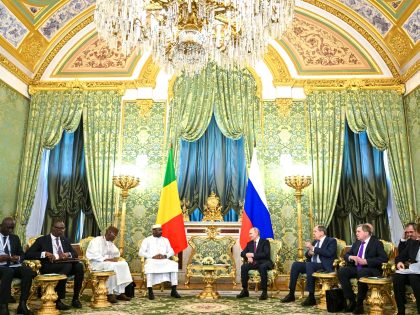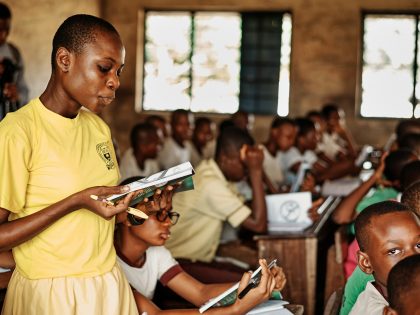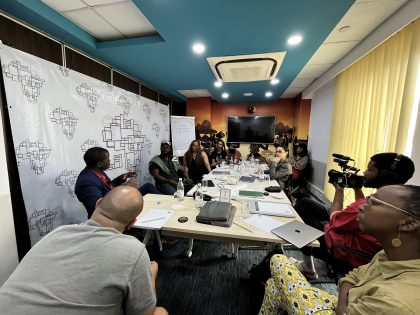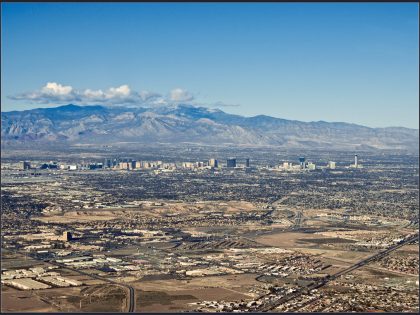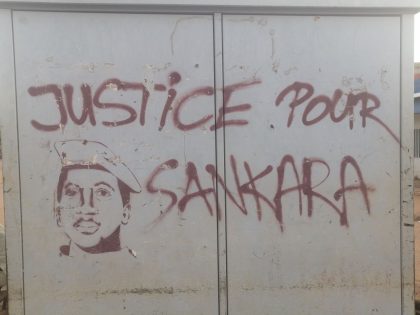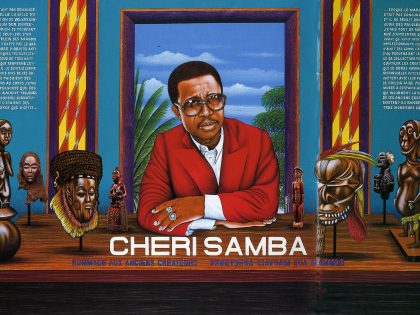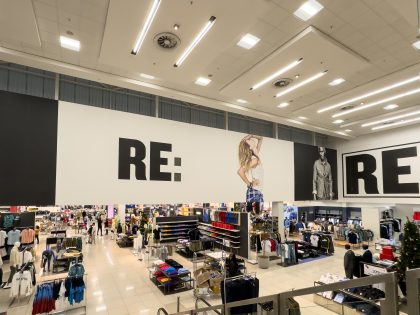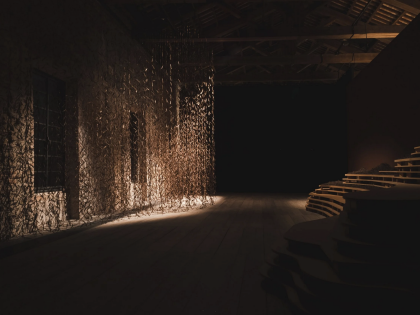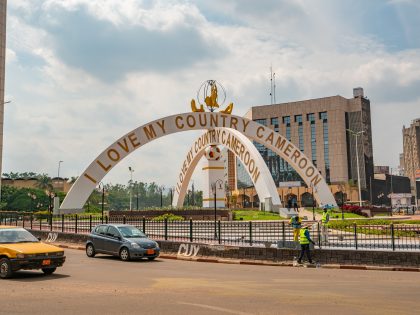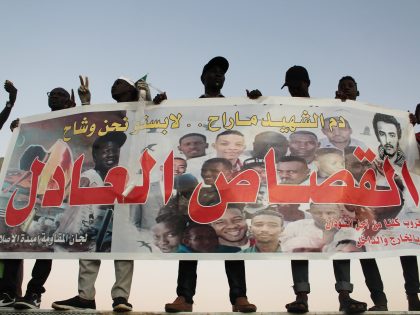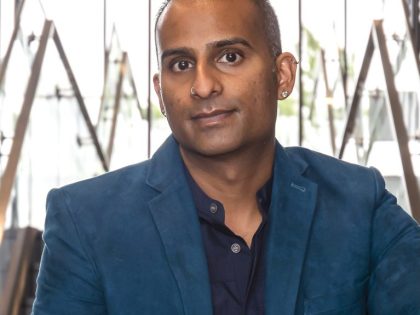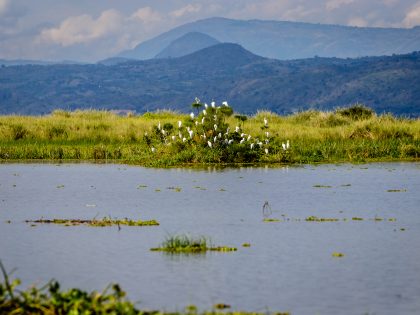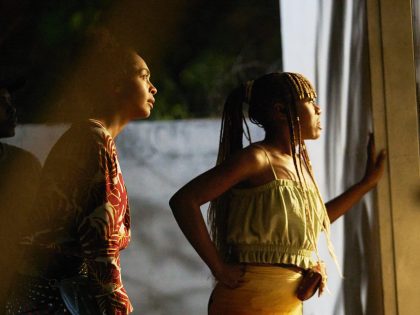T.I.A*

What is either a gollywog or coon ornament in a Christmas display of an East 17th Street between 5th and Union Square West, Manhattan store, was spotted by my neighbor, Chinnaya Nwosu, last week. According to Chinnaya there were a variety of these kinds of items in the store, including what looked like Sambos with grass skirts, spears and headdress, etc. “The store owner palmed me off with, ‘They are just crafts made in Thailand.’ I tried reasoning that this kind of imagery was not conceived in Thailand, and that the ignorance of the [people in Thailand] making them cannot justify them being on shop shelves in New York City. The guy said that nobody else had complained- eying me as a trouble making reactionary.”
* This is hopefully the start of a regular series of posts of snapshots– we’ll call it T.I.A. This is Africa–that remind us from Africa or pretend to be of Africa that we encounter everyday.

